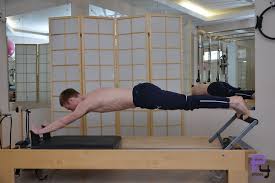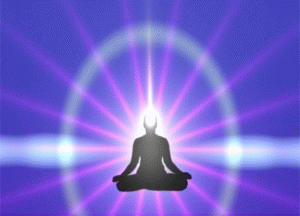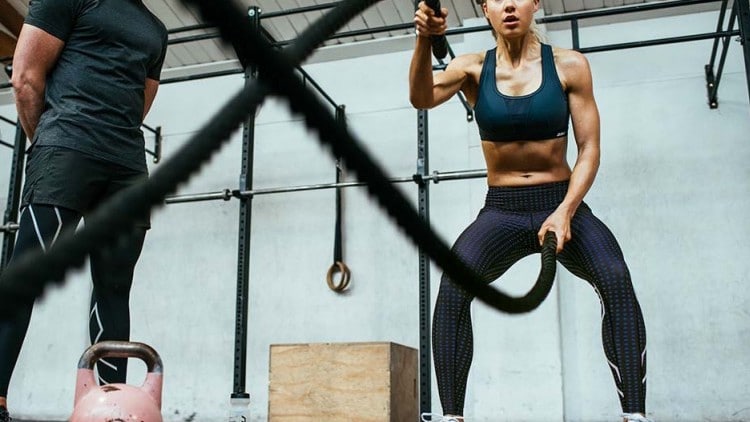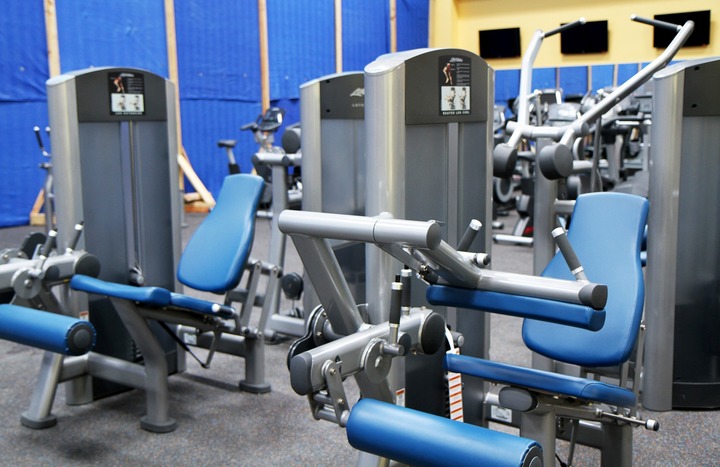Pilates for harmony of body and soul
 Each of us seeks to enjoy life.
Each of us seeks to enjoy life.
As a rule, we begin to get this pleasure only when we are healthy, mobile, live without stress and unnecessary stress. But in fact there are only a few such people. For such sensations and life in full, a person needs to achieve a balance of physical, mental and spiritual qualities. Through visualization, muscle strengthening, stretching, proper breathing, supplying oxygen to cells and organs, we cleanse the blood and use more brain cells.
Such a resumption of the work of the whole organism, its general strengthening and healing becomes the first step towards harmony and getting the most out of life.
Unleashing the potential always begins with faith in one’s abilities, and Pilates pays a lot of attention to the correct psychological attitudes – setting the goal and the desire to achieve it.
There are several basic changes that Pilates can bring into your life: body development, improvement in general condition and inner calm, in other words, you will begin to live in harmony with yourself. You will learn how to feel and feel your body better, feel light in your movements. You will want to move more, because your joints will become more mobile and movements will not bring discomfort.
It is no secret that regular physical exercises help strengthen not only the body, but also the nervous system, create the basis of internal strength and help in the fight against stress. And in this matter, Pilates was no exception. Physical development of the body, work on oneself, the application of effort during training, regular training, as well as the stabilization of the nervous system lead to an overall improvement in health and always in a good mood.
Each of us seeks to enjoy life. We begin to receive it only when we are healthy. Find out how Pilates helps find this harmony. In his system, Joseph Pilates paid special attention to all parts of the body. When working with the body, you need to pay attention to the inclusion of all muscle groups, including the work and deep and small muscles, which in everyday life a person uses extremely rarely.
Nowadays, we are confronted with physical and mental stress every day. Stress and excessive stress are a dangerous threat to our health and happiness. We spend a huge amount of time sitting at the computer, bending over the table, moving a little, we can’t afford the usual walk, and we are constantly in a hurry somewhere, have a little rest, and thereby harm our body. Without proper care of your body, it is impossible to feel good. Poor posture, muscle imbalance and improper breathing are the main causes of our tiredness and tension. We spend too much energy on maintaining the body in an unnatural position, and our lungs, brain and blood do not receive the necessary amount of oxygen due to constant rush and shallow breathing. We forgot that our body is characterized by flexibility, mobility and strength.
Fitness came to the rescue
Until recently, the state of health was determined by endurance, physical strength, coordination and the constitution of a person – the ratio of muscle, bone and adipose tissue). But in recent years, the concept of a healthy person has become broader. It is not enough to be physically strong and not to be sick, it is important to lead a healthy lifestyle in all areas: eat right, do not expose the body to bad habits, have not only strong muscles, but also a healthy psyche. All this is achieved by a combination of physical and mental training, that is, the conscious execution of each movement, complete control in the process of doing the exercises. In Pilates classes, it all comes down to the fact that each movement is thought out in the head and only then is performed by the body. We do not “turn off” the brain during training, but work with visualizations and sensations.
Recent studies in traumatology have shown that “mental workouts” (subjects imagined bending the arms and working biceps) 5 times a week for 12 days, led to an increase in muscle strength by 13.5%. The effect was observed within 3 months after the termination of charging. Such “mental workouts” can help older people or patients unable to perform real gymnastics to keep fit or recover. This method of control will help athletes, dancers and all those who need to clearly perform each movement.
To quickly recover from an injury to the limbs, you need to imagine their work.
Such visualizations accelerate the regeneration of damaged nerve endings, contribute to a better passage of the nerve impulse, improve blood circulation of the damaged organ, and therefore, accelerate the healing process. Therefore, when deciding to replace your workout with something, just think about it, and if you think and do exercises, it will bring double benefits.
It is proved that physical activity is directly related to the chemical processes taking place in Mogza that positively change the mood.




